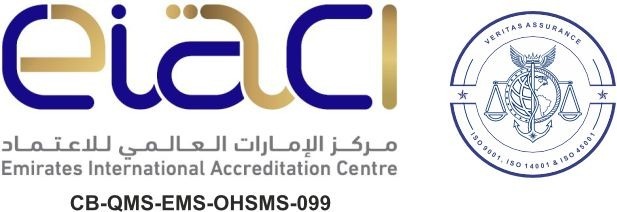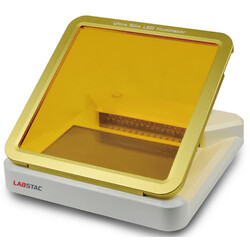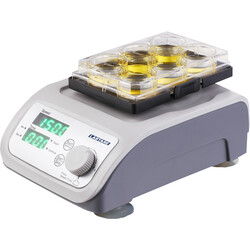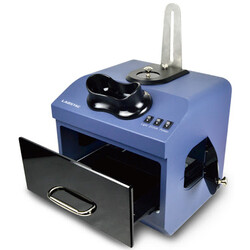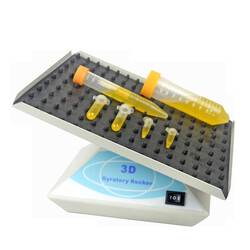it is a laboratory instrument commonly used in molecular biology and biochemistry for visualizing fluorescently labeled nucleic acids, proteins, or other biomolecules. Here are key features and functions associated with a Blue Light Transilluminator
Labstac
Blue Light Transi Iluminator
Key Features:
- Wavelength:
- Blue Light Emission: The transilluminator emits blue light, typically in the range of 460 to 500 nanometers. This wavelength is suitable for excitation of various fluorescent dyes commonly used in molecular biology.
- Fluorescent Imaging:
- Excitation of Fluorophores: Blue light is used to excite fluorophores (fluorescent molecules) present in nucleic acids, proteins, or other biomolecules, allowing their visualization.
- Gel Documentation:
- DNA and Protein Gel Imaging: The transilluminator is often used in combination with a gel documentation system for capturing images of DNA or protein gels after electrophoresis.
- Gel Size Compatibility:
- Different Sizes: Blue Light Transilluminators come in various sizes to accommodate different gel sizes, from mini-gels to larger agarose gels.
- UV Protection:
- UV Blocking: Many transilluminators include UV-blocking filters to protect the user from harmful ultraviolet (UV) radiation emitted by the excitation light source.
- Uniform Illumination:
- Even Light Distribution: The transilluminator is designed to provide uniform and even illumination across the gel surface for accurate imaging.
- Adjustable Intensity:
- Intensity Control: Some models have adjustable intensity settings, allowing users to control the brightness of the excitation light.
- Safety Features:
- Built-in Safety Features: Certain transilluminators include safety features to prevent accidental exposure to UV or blue light.
- Compact Design:
- Benchtop Instrument: Blue Light Transilluminators are typically compact and designed to fit on laboratory benches.
- Compatibility with Imaging Systems:
- Integration with Cameras: Many transilluminators can be integrated with gel documentation systems or cameras for capturing and saving gel images.
- Multiple Excitation Sources:
- Multiple LED Sources: Some advanced models use LEDs as the light source, providing a stable and long-lasting excitation light with specific wavelengths.
- Application-Specific Models:
- DNA Staining: Some transilluminators are specifically optimized for DNA staining applications, providing enhanced sensitivity for DNA visualization.
- Compliance with Standards:
- CE Marked: Blue Light Transilluminators are manufactured to comply with relevant safety and quality standards, often indicated by a CE mark.



